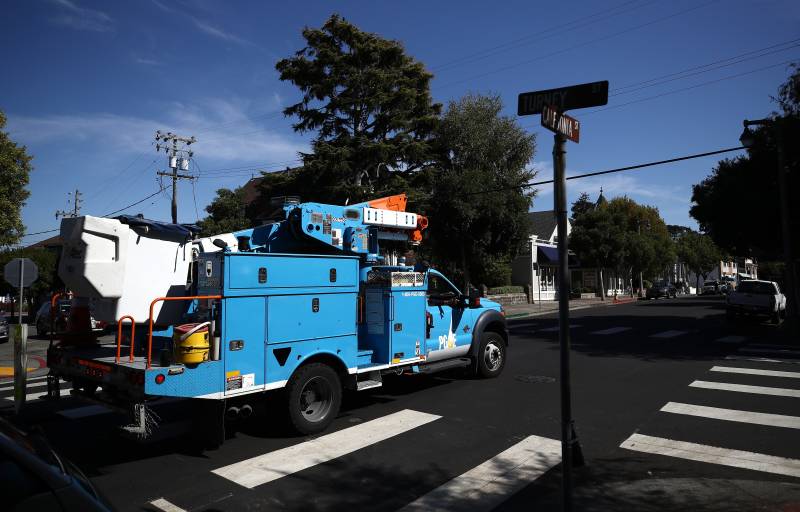On Friday, she said, the grid agency was “looking for imports” from out of state.
“But the resources never materialized,” she said. “The Southwest has record breaking temperatures right now, and they had to use their power for their own air-conditioning use. Everyone was using their own energy.”
The ISO’s forecast for Sunday sees demand levels increasing from Saturday’s levels, and late Sunday morning the agency issued a “grid warning notice” anticipating that as was the case the last two evening, reserve generating capacity will be limited.
The ISO and utility experts say that reserve capacity, consisting of offline generators that can be rapidly brought online in the event of significant power failures in the system, is crucial to maintaining overall grid stability and preventing a systemwide blackout.
Monday’s electrical demand, again driven by extreme temperatures and demand for air-conditioning, is expected to be significantly higher than the levels of the last several days. In fact, the ISO’s early projection puts peak demand at within 1% of the record generation levels set during the July 2006 heat storm.
Original post, last updated 8:10 p.m. Saturday
For the second evening in a row, California electrical grid managers Saturday night declared a power emergency, prompting a round of rolling power outages in parts of PG&E’s service territory.
The company said Saturday night that rotating blackouts began at 6:30 p.m. and affected about 220,000 customers in portions of the Central Coast and Central Valley, including Monterey, Santa Cruz and San Joaquin counties.
PG&E outage lists showed about 62,000 customers without power in and around Stockton and another 35,000 blacked out in the Monterey and Carmel areas.
Power restoration began within an hour after the blackouts started, the company said. It said it expected all of the affected customers to have their lights back on by midnight.
The California Independent System Operator, the agency that manages the state’s complex power grid, had expressed optimism as late as 4:30 p.m. that no emergency declaration would be necessary.
An emergency Friday night — formally known as a Stage 3 System Emergency — had prompted PG&E and other major utilities to conduct rotating blackouts in their service areas. The rolling outages were the first imposed in the state since the electricity deregulation crisis of 2001.
In the Bay Area, the most extensive Friday night outages took place in the North Bay. PG&E said those outages affected about 220,000 customers.
Saturday night’s Stage 3 emergency occurred as most of California endured a second straight day of triple-digit temperatures. The demand for air-conditioning across the state drove consumption levels nearly as high as they had been on Friday.
Although CAISO had issued a series of warnings and alerts throughout the Saturday that the reserve generating capacity needed to maintain grid stability might be insufficient, the situation seemed to have eased by late afternoon.
Earlier in the afternoon, CAISO spokeswoman Anne Gonzales said in a phone interview that the agency’s operations team believed “we’ll meet power needs without going into an emergency.”
But at 6:15 p.m., the agency issued a Stage 2 alert as demand stayed relatively high and supply fell with the daily drop in solar power available to the grid.
At 6:27 p.m., CAISO issued its Stage 3 emergency notice and ordered PG&E and others to reduce demand through rotating outages. Then at 6:47 p.m., the alert was reduced to Stage 2 again, allowing PG&E to begin the process of restoring power to blacked-out customers.
